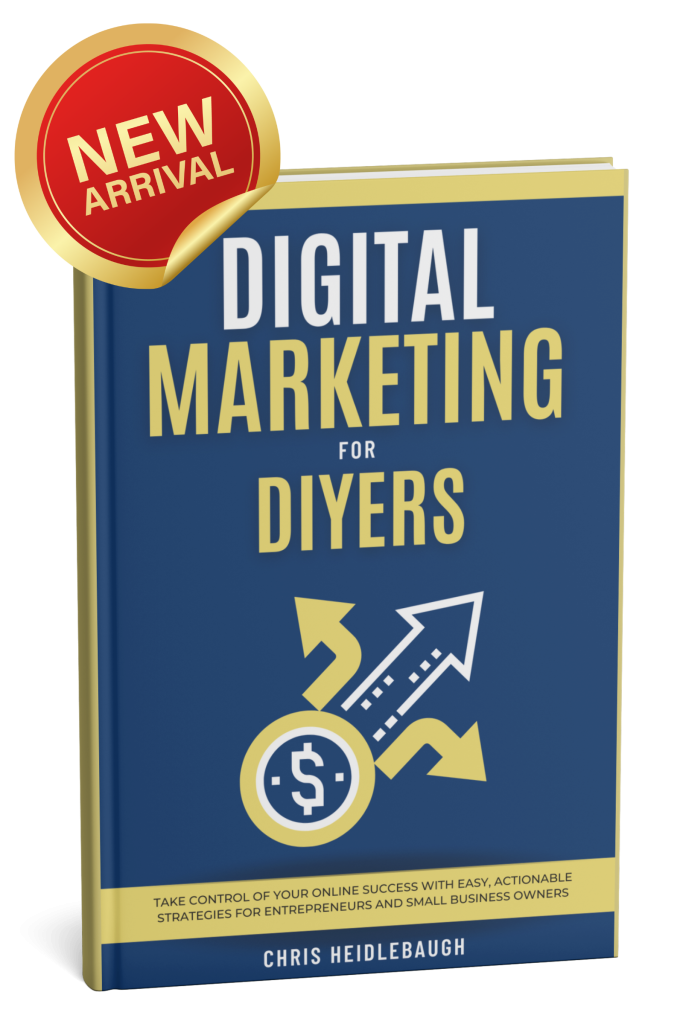Retargeting is a digital marketing strategy that aims to re-engage users who have previously interacted with a brand, typically through website visits or social media. By using cookies to track online behavior, brands can deliver personalized ads based on previous interactions. This approach not only increases conversion rates—potentially by up to 150%—but also enhances brand recall and customer loyalty. Different strategies, like dynamic and email retargeting, help refine audience engagement. Implementing best practices, such as audience segmentation and frequency capping, is essential. Exploring these techniques can lead to more effective customer re-engagement strategies.
What Is Retargeting?
Retargeting serves as a powerful tool in the digital marketing arsenal, aimed at re-engaging potential customers who have previously shown interest but did not finalize their purchases.
By utilizing cookies to track user behavior, brands can display personalized ads across various platforms, ensuring their offerings remain top-of-mind.
With studies indicating that approximately 70% of online shoppers abandon their carts, retargeting becomes essential for recovering lost customers and enhancing customer retention.
Techniques such as dynamic ads, which showcase previously viewed products, and targeted email campaigns effectively prompt users to revisit their abandoned items.
Additionally, retargeting can greatly improve conversion rates, often proving to be a cost-efficient strategy—up to eight times cheaper than acquiring new users through traditional means.
Benefits of Retargeting
When businesses harness the power of retargeting, they release a myriad of benefits that can greatly enhance their marketing efforts. Retargeting campaigns stand out as a cost-effective strategy, often costing up to 8 times less per click than acquiring new users. By focusing on existing traffic, these campaigns effectively re-engage lost customers, considerably boosting conversion rates; studies show 70% of online shoppers abandon their carts. Additionally, targeted ads foster brand recall, keeping businesses prominent in potential customers' minds. This approach maximizes initial marketing investments, resulting in heightened overall marketing effectiveness.
| Benefit | Description | Impact |
|---|---|---|
| Cost Efficiency | Cheaper per click than new user acquisition | Up to 8x savings |
| Increased Conversion Rates | Recaptures interest from previous visitors | Boosts sales |
| Enhanced Brand Recall | Keeps brand top-of-mind for consumers | Improves decision-making |
| Maximized Existing Traffic | Leverages initial marketing efforts | Recovers potential customers |
Types of Retargeting Strategies
A diverse array of retargeting strategies enables businesses to effectively reconnect with lost customers and drive conversions.
Standard Retargeting serves as a reminder by displaying ads on external sites to users who previously visited the brand's website.
In contrast, Dynamic Retargeting personalizes these ads based on specific products viewed, enhancing relevance through platforms like Google Ads.
Email Retargeting employs strategic follow-ups, such as cart abandonment emails, to encourage reconsideration of abandoned purchases.
Meanwhile, Social Media Retargeting leverages platforms like Facebook and Instagram, presenting tailored ads that align with prior customer interactions.
Ultimately, Search Retargeting targets users based on their search queries, guiding them back to the purchase path.
Together, these marketing strategies foster deeper engagement and conversion rates.
Audience Segmentation Techniques
Effective audience segmentation techniques are crucial for maximizing the impact of marketing campaigns. By categorizing users into distinct segments based on behaviors—such as cart abandoners, product viewers, and past purchasers—marketers can implement personalized ads that greatly enhance conversion potential.
Targeted messaging tailored to each group's unique interests leads to higher engagement rates, countering the fact that 35% of generic emails go unread. Utilizing customer data analytics enables the identification of these segments, ensuring campaigns resonate with specific user needs.
Additionally, A/B testing on segmented audiences reveals which strategies yield the best results, allowing for refined marketing efforts that enhance ROI. Ultimately, mastery of audience segmentation is imperative for effective retargeting and overall campaign success.
Best Practices for Retargeting
To maximize the effectiveness of retargeting efforts, it is essential to adhere to best practices that enhance user engagement and conversion rates. Segment your audience based on behaviors, such as cart abandoners and past purchasers, to deliver tailored messaging. Retargeting involves sending personalized emails with special offers, ensuring relevancy. Implement frequency capping, limiting ads to three to seven times per week, to maintain user interest and avoid ad fatigue. Utilize clear and compelling calls-to-action (CTAs) to guide users back to the purchase path. Regularly test different ad creatives and leverage analytics tools to monitor performance, allowing for ongoing optimization and boosting lost customers.
| Best Practice | Purpose | Outcome |
|---|---|---|
| Audience Segmentation | Tailored messaging | Increased conversion rates |
| Frequency Capping | Avoid ad fatigue | Enhanced user engagement |
| Clear CTAs | Guide user actions | Improved click-through rates |
| Testing Ad Creatives | Optimize campaign performance | Better overall results |
Tools for Effective Retargeting
Numerous tools are available that greatly enhance the effectiveness of retargeting campaigns, each offering unique features tailored to specific business needs.
Platforms like HubSpot and Mailchimp excel in email marketing by automating effective email campaigns, leveraging customer data to craft personalized messages that re-engage lost customers.
AdRoll and Criteo provide dynamic ads across multiple channels, maximizing conversion potential.
Google Ads leads in display retargeting, utilizing the extensive Google Display Network for behavior-based campaign customization.
Klaviyo specializes in eCommerce, employing advanced segmentation for targeted retargeting efforts.
Additionally, thorough solutions like LeadPost integrate channels, effectively identifying and re-engaging up to 40% of anonymous website visitors, making them essential marketing tools for any business aiming to optimize retargeting strategies.
Measuring Retargeting Success
While implementing advanced tools can considerably enhance retargeting campaigns, measuring the success of these initiatives is equally important for optimizing future efforts.
Key metrics such as click-through rates (CTR) and conversion rates are essential in evaluating the effectiveness of ad campaigns in driving user engagement and purchases. Return on ad spend (ROAS) offers insights into the profitability of retargeting efforts, juxtaposing revenue against ad costs.
Employing A/B testing can disclose which ad creatives resonate more with the audience, refining campaign performance. Additionally, engagement metrics—like time spent on site—help assess user response, while customer lifetime value (CLV) measures the long-term impact of retargeting on revenue generation, ensuring that businesses maximize their retargeting initiatives effectively.
Future Trends in Retargeting
As advancements in technology continue to reshape the marketing landscape, the future of retargeting is poised for significant transformation, driven by innovations in artificial intelligence and machine learning.
Retargeting strategies will increasingly leverage customer data to deliver personalized experiences that resonate with users, enhancing engagement rates.
However, the implementation of privacy regulations like GDPR and CCPA necessitates a balance between effective targeting and ethical practices, prioritizing user consent.
The rise of dynamic retargeting will facilitate real-time adaptations based on user behavior, while cross-channel retargeting will guarantee seamless engagement across platforms.
Additionally, the incorporation of immersive ad experiences through augmented and virtual reality is set to revolutionize retargeting, offering enthralling interactions that drive conversions and foster brand loyalty.
Final Thoughts
To summarize, retargeting emerges as a pivotal strategy for re-engaging lost customers, transforming initial interest into meaningful conversions. By leveraging diverse strategies and audience segmentation techniques, businesses can effectively rekindle engagement with potential clients. What strategies will be employed to stand out in an increasingly competitive digital landscape? As trends evolve, the ability to adapt and innovate within retargeting practices will be essential for sustained success and customer loyalty in the future.










